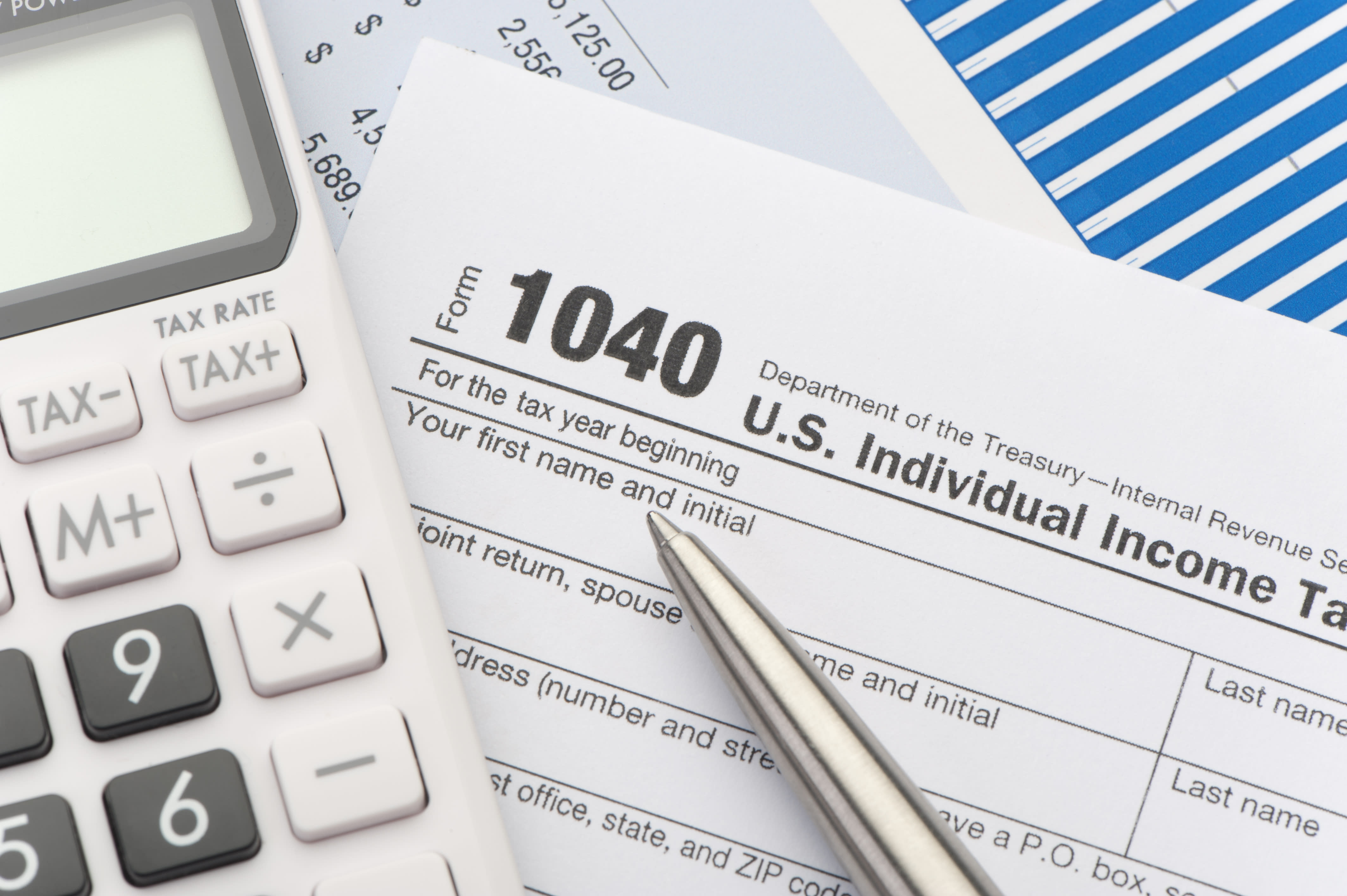
courtneyk | E+ | Getty Images
A large swath of American households may pay nothing in income taxes for 2021, a new congressional report suggests.
Taxpayers with income of less than $75,000 are projected to have, on average, no tax liability after deductions and credits when they file their 2021 returns next spring. They will also will get money back from the IRS, according to recent estimates from the nonpartisan Joint Committee on Taxation.
For taxpayers earning between $75,000 and $100,000, the average income tax rate paid this year is expected to be just 1.8%.
Estimated distribution of 2021 income taxes
| Individual income | Projected average income tax rate, 2021 |
|---|---|
| Under $75,000 | 0% |
| $75,000-$100,000 | 1.80% |
| $100,000-$200,000 | 5.70% |
| $200,000-$500,000 | 13% |
| $500,000-$1 mil | 20.80% |
| Over $1 mil | 25.80% |
“The main drivers for non-payers are the [earned income tax credit] for lower earners and the child tax credit for families with children after accounting for the standard deduction,” said Garrett Watson, a senior policy analyst at the Tax Foundation.
While having a zero tax bill is not a new phenomenon, it may be more pronounced this year due to a variety of temporary tax code changes, said Elaine Maag, principal research associate in the Urban-Brookings Tax Policy Center.
In addition to the $1,400 stimulus checks per adult and dependent that were authorized in the American Rescue Plan, several tax credits were expanded. They include the earned income tax credit and the child tax credit (see details below). Both credits are considered valuable, given that they are refundable — meaning that even if your tax bill is zero, you can get some or all of the credits refunded to you.
It’s worth noting that the congressional projections do not mean everyone earning less than $75,000 will pay nothing in taxes.
“There are plenty of people in that income group that will owe income taxes,” Maag said. “Those are the averages for everyone.”
Additionally, owing nothing to the IRS on your income doesn’t mean paying zero federal taxes.
For example, if you earn money from a job (versus from, say, investments), you pay taxes into both Social Security and Medicare. Those so-called payroll taxes equate to 7.65%, which your employer withholds from your paycheck (and contributes the same amount — 7.65% — to those programs on your behalf).
If you are self-employed, you pay both shares yourself, or 15.3% (although you can deduct half of that elsewhere on your tax return).
About 53% of Americans had an annual household income of less than $75,000 in 2019, according to the latest data from Statista. Median household income in the U.S. that year was about $68,700, according to the Federal Reserve Bank of St. Louis.
“The group not paying federal income taxes in any given year tend to be moderate income with children, as well as older people, who may not have earnings that they are paying tax on,” Maag said.
Biden’s next move to change individual taxes is expected to target higher-earning households. That could come in the form of increasing the top marginal income tax rate to 39.6% from the current 37% and changing the top capital gains tax rate to 39.6%, as well, from 20%.
As for details of the credits: The child tax credit is enhanced for 2021 in several ways, including by raising the per-child payment to $3,000 from $2,000 for families with income below certain thresholds (phase-outs begin at $75,000 for singles, $112,500 for heads of household and $150,000 for married couples), with an extra $600 for children under age 6. Children age 17 also qualify for the first time.
Those child tax credits will be advanced via direct payments beginning in July.
The earned income tax credit for childless workers also has been expanded by boosting the maximum credit in 2021 for that cohort to $1,502 from $543, research from the Tax Foundation shows. The benefit would be realized when taxpayers file their 2021 returns in spring 2022.
The bill also raises the income level (to $9,820 from $4,220) at which the earned income tax credit reaches its maximum, and changes the phaseout to begin at $11,610 instead of $5,280 for individual tax filers. The ages for qualifying for the credit also is changed for this year: The minimum age is 19 instead of 24 and the maximum age of 65 would be eliminated.




